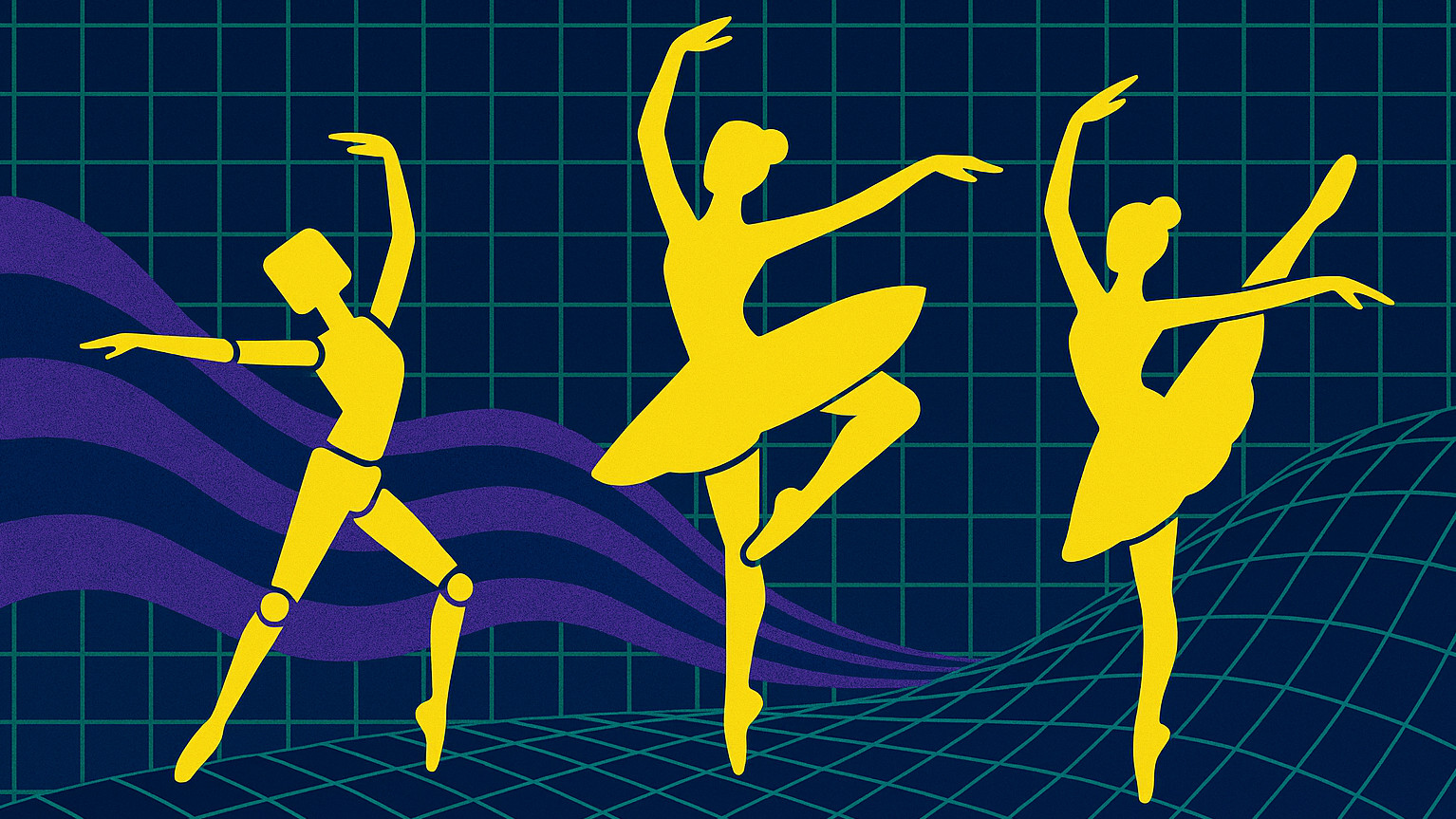RoboBallet uses AI to choreograph multiple industrial robots for safe and efficient teamwork

Key Points
- Researchers from Google DeepMind, Intrinsic, and UCL have developed "RoboBallet," an AI system that coordinates multiple industrial robots using a graph neural network trained through reinforcement learning, requiring only CAD files and a general task description.
- In simulations, RoboBallet outperformed conventional and expert-designed approaches by about 25 percent, and when scaling from four to eight robots, the average task completion time dropped by 60 percent.
- While the technology could automate and optimize robot coordination in manufacturing, it has not yet been tested on real production lines and currently cannot handle robots with differing abilities or tasks that require a strict order.
Researchers at Google DeepMind, Intrinsic, and UCL have developed an AI that can coordinate multiple industrial robots safely and efficiently. The approach marks an early step toward replacing the complex, time-consuming process of manual robot programming.
Researchers from Google DeepMind Robotics, robotics company Intrinsic, and University College London (UCL) have introduced an AI method called "RoboBallet" to solve the problem of manual robot programming. According to Alphabet-owned Intrinsic, programming the world’s 4.3 million industrial robots currently takes over 100 million hours—a figure that resets whenever tasks or layouts change. The research, published in Science Robotics, aims to enable fully automated, collision-free coordination for multiple robots.
AI training replaces manual programming
The team’s approach uses a graph neural network (GNN) trained with reinforcement learning. Robots, tasks, and obstacles are represented as nodes in a graph, which lets the system model complex relationships between them. By practicing in millions of simulated scenarios, the AI learns to find optimized, collision-free paths for the robots. The researchers say it only needs CAD files and a rough task description to get started.
In lab tests, RoboBallet outperformed traditional methods and expert-designed solutions by about 25 percent. According to Intrinsic, the efficiency gains scale with the number of robots: when increasing from four to eight robots, the average task completion time fell by 60 percent.
Torsten Kroeger, Chief Science Officer at Intrinsic, calls the technology a critical step toward adaptive, highly efficient planning in manufacturing. The goal is for humans to define only the high-level tasks, while the system figures out the optimal sequence, assigns actions, and generates collision-free paths for every robot. Paired with AI-driven perception, this could eventually make real-time re-planning possible.
The system hasn’t yet been tested on a real production line. Current limitations include an inability to handle robots with different capabilities or tasks that require a strict order.
AI News Without the Hype – Curated by Humans
As a THE DECODER subscriber, you get ad-free reading, our weekly AI newsletter, the exclusive "AI Radar" Frontier Report 6× per year, access to comments, and our complete archive.
Subscribe now